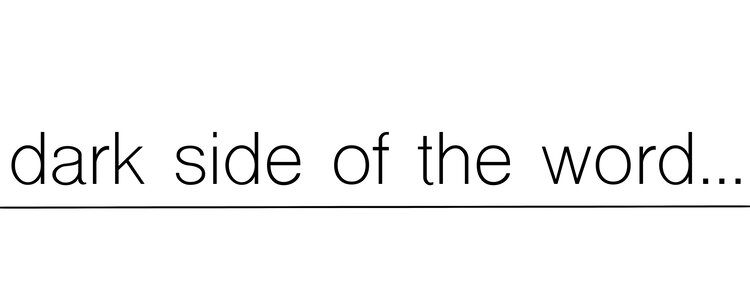“Perhaps when it comes to it, no one is just the worst thing they ever did.”
Books are supposed to pose the hard questions. Give minds an idea to ponder. Nothing is black or white, because humans are not black or white. Books can paint a world never imagined. Sit you down in the center of it all to play a part. And then sometimes, books can paint the wort side of humanity to make you ask yourself - “Is it really wrong?”
The Light Between Oceans paints a picture of despair and hope, asking the hard question of would you do the same? I think we can’t really judge from our perspective. Time in the 1920s is not what we know. Orphaned children were not treated with even the small sliver of care they are today (and that’s saying a lot). So when you read this book, look through the eyes of those telling the story, and not your own.
A couple lives on an island, isolated and alone. Their job is to the ignite the lighthouse every evening. One day a dead man washes ashore with a crying baby. Isabel, whose already lost three births, sees the child as a sign from God, a chance to be the mother nature would never allow her to be. What harm could be done? The baby would be put in an orphanage because no mother would dare abandon their infant. But all stories have many sides and no one is free from grief.
“When it comes to their kids, parents are all just instinct and hope. And fear.”
From the first line, I was lost. Stedman paints a gentle picture of Western Australia, weaving in and out the details carefully between the lives of the characters. Her words are soft, never going for the drawn-out texture, but taking her time to feed tidbits throughout. I would say this is her biggest strength. I’m not from Australia, yet now I walk away seeing this whole new world in bright generous strokes.
Descriptions don’t need to be flashy or all at once. I’ve heard of writers taking pride in spending a whole page on describing a horse. A single horse people. But do readers want to be slowed down by such a common image? I personally do not. For such detail to be painted, there has to be something pretty darn special about this horse.
Description is proportional to time. The longer you spend writing out a picture, the slower the story will progress and you take a risk your audience will be tired of waiting to get the story rolling. Today’s readers have the gift of the internet, we don’t need to completely lay out the basics like a stream. So wait. Say it was a stream, move on and save those moments for the imagery that really matters. The differences that make your world special.
“There are times when the ocean is not the ocean - not blue, not even water, but some violent explosion of energy and danger: fierceness on a scale only gods can summon.”
Do not read this book if you don’t want to cry. Life doesn’t have happy endings and someone must always suffer. That’s the real message of the story. Not the questions asked about the baby. Not the choices made by the characters. But the real fact, that no matter what happens, someone will get their dream and someone will be left to grieve.
Stedman brought to life the pain of life. She didn’t sugar coat the delivery, or follow it up with ‘now everything worked out in the end.’ I appreciate this. I appreciate the raw life of the matter and character development. Stedman stuck with what her characters would do and never once let them change just to give the story a chance. She asked the hard questions of her characters and let them play it all out. Something very important. As writers, we can never let our own thoughts and desires take over to control the story just for what we want. If that character would go down the dark alley, even though we know what waits for her on the other side, that character must go.
Even in this story, we can see the Hero’s journey. Weird right? That something so far from fantasy would have the same elements of a classic story structure, but that’s the point - it’s a classic story structure. We have the initial journey of receiving the baby. Tom, the reluctant hero to choose the journey, and Isabel ready to jump right in. Multiple thresholds to overcome and the final Ordeal and choice before we reach the resurrection.
“Soon enough the days will close over their lives, the grass will grow over their graves, until their story is just an unvisited headstone.”
Not everything about The Light Between Oceans was great. Sometimes the characters came across wrong, instances where Stedman might have tweaked their responses slightly. The ending was a little wonky, and ultimately I think could have been left out. The extra chapter muddled the whole picture instead of letting the reader's mind ponder everything. I didn’t need to see the overall life ending choices. I would say more but that would give too much of the story away.
Essentially, I learned that American audiences need the full picture. We want to see how everything is wrapped up all with a bow. No loose ends. Other countries prefer that open-ended version where there are still questions to ponder and audiences can paint their own outcomes.
All in all, I really enjoyed the entire read. I give the book 4 stars. The writing was soft and gentle, just enough prose to feel the craft but not enough to bog down the emotions and journey of the story. I really wish there were more books by Stedman, but alas this is her only one. Till next time.
Love Kait and Happy Reading.
Reading Chlalenge: 73/100


